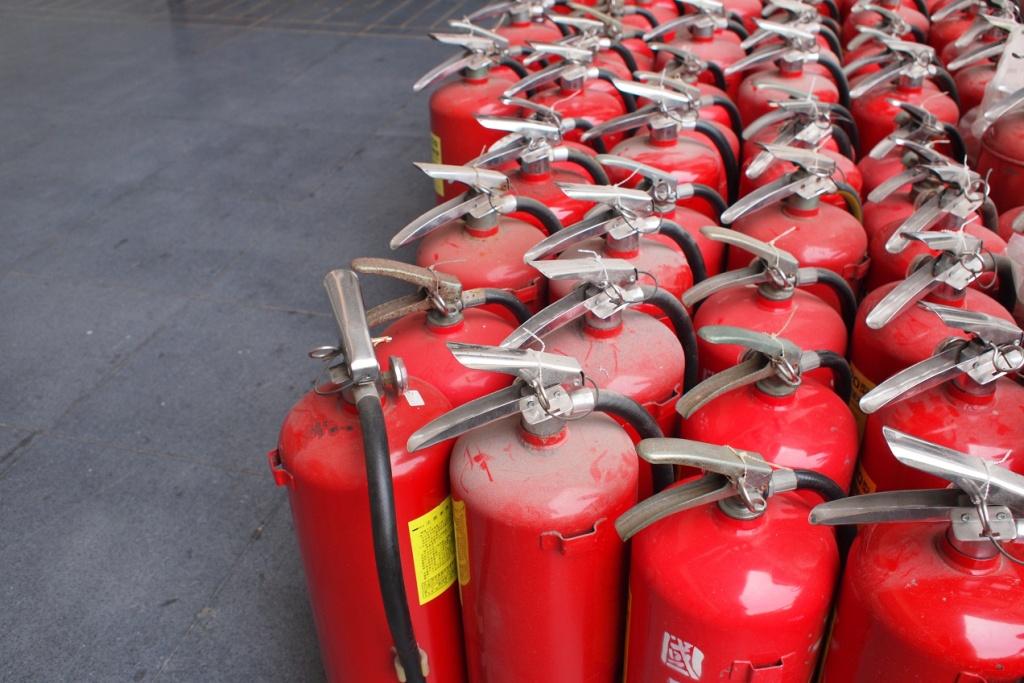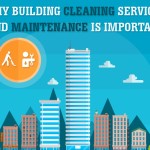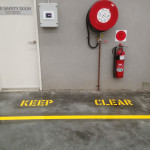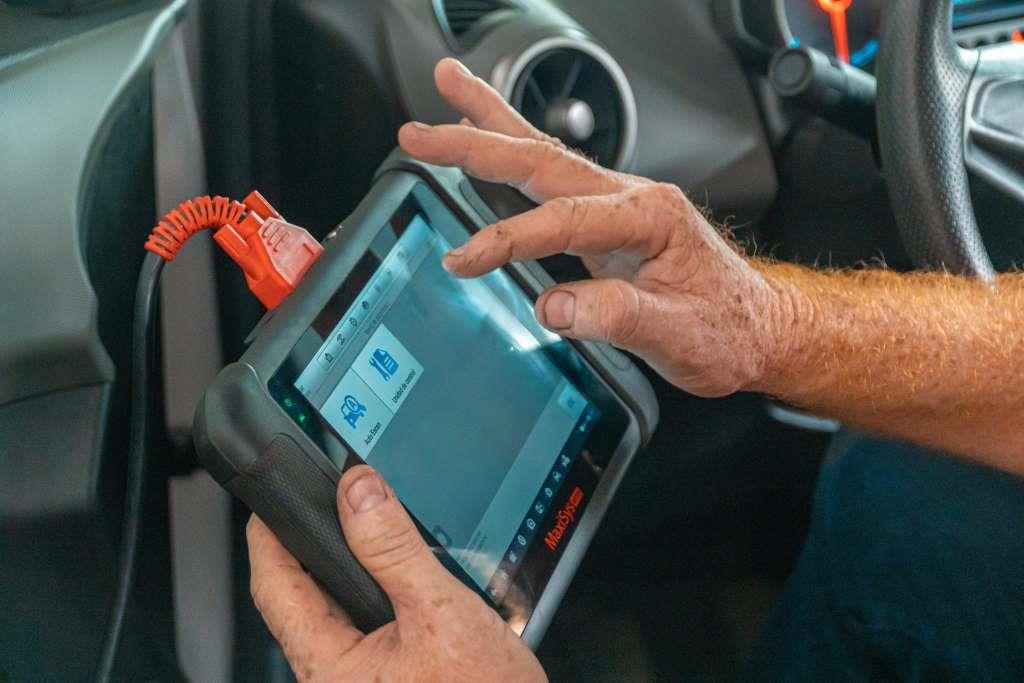What is a fire risk assessment?
A fire risk assessment analyses the dangers in a particular property or premises to make sure that fire is unlikely to break out, and to mitigate the damage should this happen.
A fire risk assessment involves;
- Identifying fire hazards.
- Identifying people who are at risk.
- Evaluating, removing or reducing the risks.
- Recording your findings, preparing an emergency fire plan and providing training in fire safety and escape.
You also have a responsibility to review and update the fire risk assessment regularly.
Why do I need one?
Very simply, carrying out a fire risk assessment is to minimise the possibility of damage death or injury by fire in a variety of domestic and non-domestic premises. The overall aim of a fire risk assessment is in reducing the risk of fire, reducing the risk of fire spreading, and making sure that people can escape. Should you fail to carry out a fire risk assessment, you can be liable for fines of thousands of pounds and up to two years imprisonment. For failing to identify, uphold or enforce any part of fire safety regulations, minor penalties can be up to £5,000.
Who needs to comply with a Fire Risk Assessment?
Hundreds of people die in fires annually, and fire presents huge risks in industrial work places, dwellings in multiple occupation such as flats or residential homes, or indeed any commercial or business environment.
For this reason, you need to comply with the law if you’re an employer, owner, landlord or occupier of a business premises. Legislation demands that landlords of flats, bedsits or hostels carry out fire risk assessments in all areas of their properties, as well as employers and those occupying commercial premises open to the public. In general, the Fire Safety Order covers:
- Shops and offices
- Factories and warehouses
- Schools
- Common areas of houses that are multiply occupied
- Marquees and tents
- Hotels/Hostels
- Restaurants, pubs and clubs
- Nursing or residential homes
Who is Responsible?
The person responsible for fire safety on a premises is known as ‘the responsible person’ and this is normally the owner, employer or occupier. If the building is a residential property such as a block of flats, then the responsibility for fire safety in common areas such as entrance halls and stairways, is in this case normally the duty of the landlord.
Duties of the Responsible Person
All fire risks should be removed, reduced or managed by the responsible person, by carrying out a fire risk assessment. This includes:
- The fire safety policies and procedures
- Fire drills and regular checks
- Fire escapes and exits
- Provision of fire extinguishers and signage
- Fire and smoke alarms and emergency lighting
- Fire doors
- Maintaining fire procedures and protections
Can you carry out risk assessments yourself?
It is possible to carry out a risk assessment yourself in small premises, but your local fire authority must approve you assessment. If it’s inadequate, then you could be served with alterations, enforcement or prohibitions notices, depending on the findings.
Wendy Lin is a freelance writer and successful entrepreneur. She enjoys travelling with her private business consultancy company offering start up companies valuable and practical advise.











![Building a network infrastructure [infographic]](https://thelocalbrand.com/wp-content/uploads/2016/03/Building-a-network-infrastructure-infographic-150x150.jpg)



